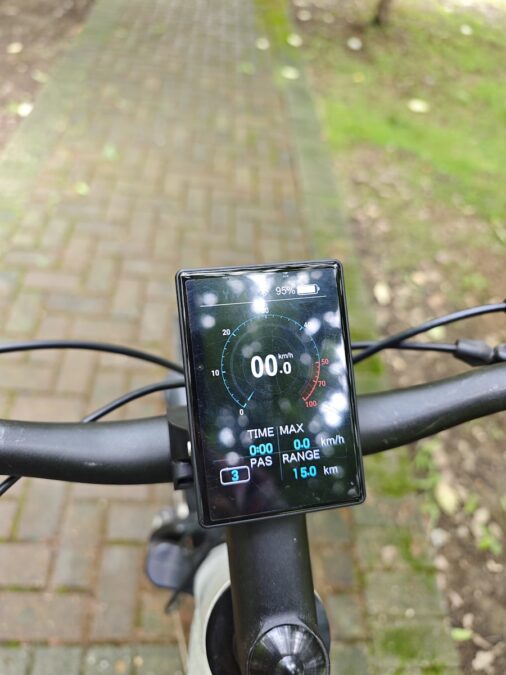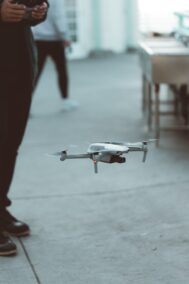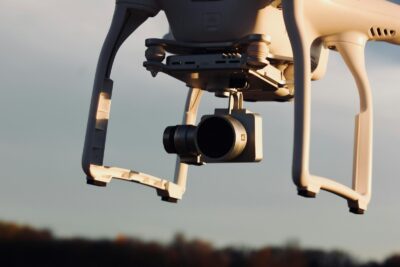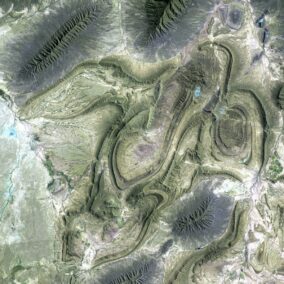Seamless Coordination for Air Traffic Management
Enhancing Safety and Efficiency
The integration of Unmanned Traffic Management UTM systems with air traffic management infrastructure represents a significant milestone in the evolution of aviation technology. By enabling seamless coordination and communication between manned and unmanned aircraft, UTM integration enhances safety and efficiency in shared airspace environments. Traditional air traffic management systems were primarily designed to handle manned aircraft, posing challenges for the safe integration of unmanned aerial vehicles (UAVs) into the national airspace. However, with the advancement of UTM technologies, airspace stakeholders can effectively manage the growing complexity of mixed-use airspace, supporting a wide range of operations, including commercial drones, delivery services, and aerial inspections.
Facilitating Regulatory Compliance
UTM integration also plays a crucial role in facilitating regulatory compliance and ensuring adherence to airspace rules and regulations. As the number of UAVs continues to rise, regulators are tasked with developing frameworks and standards to govern their safe and responsible operation. UTM systems provide essential tools and capabilities to monitor and enforce compliance with airspace regulations, including geofencing, real-time tracking, and airspace authorization. By integrating UTM functionalities into existing air traffic management infrastructure, regulators can effectively manage UAV operations while maintaining the safety and integrity of the national airspace system.
Enabling Innovation and Expansion
Furthermore, UTM integration fosters innovation and expansion in the unmanned aviation industry, unlocking new opportunities for economic growth and technological advancement. By streamlining airspace access and operations, UTM systems empower businesses and entrepreneurs to leverage UAV technology for various applications, from aerial photography and mapping to emergency response and infrastructure inspection. Moreover, the seamless integration of manned and unmanned aircraft enables collaborative missions and enhances the overall efficiency of airspace utilization. As UTM capabilities continue to evolve, stakeholders are exploring new use cases and business models to harness the full potential of unmanned aviation for societal benefit.
Future Perspectives and Challenges
Continued Evolution of UTM Technologies
The integration of UTM systems represents a dynamic and evolving field, with ongoing advancements and innovations shaping the future of aviation. Future developments may include the integration of artificial intelligence, blockchain, and distributed ledger technologies to enhance the scalability, security, and interoperability of UTM systems. Additionally, advancements in sensor technology and data analytics will enable more precise and predictive airspace management, supporting dynamic routing, conflict resolution, and weather avoidance. By embracing continuous innovation and collaboration, stakeholders can address emerging challenges and seize opportunities to further enhance the safety, efficiency, and sustainability of unmanned aviation.
Addressing Regulatory and Operational Challenges
While UTM integration offers significant benefits, it also presents regulatory and operational challenges that must be addressed to realize its full potential. Regulatory frameworks must evolve to accommodate the unique characteristics and capabilities of unmanned aircraft, balancing safety, privacy, and security considerations with the need for innovation and economic growth. Moreover, interoperability and standardization are essential to ensure seamless integration and communication between diverse UTM systems and airspace users. By fostering collaboration between regulators, industry stakeholders, and technology providers, the aviation community can navigate these challenges and pave the way for a safe, efficient, and sustainable future for unmanned aviation.
In conclusion, the integration of UTM systems with air traffic management infrastructure represents a transformative leap forward in aviation technology, enabling seamless coordination and communication between manned and unmanned aircraft. By enhancing safety, facilitating regulatory compliance, and fostering innovation, UTM integration unlocks new opportunities for economic growth and societal benefit. As technology continues to evolve and regulatory frameworks adapt, the aviation community must work together to address challenges and harness the full potential of unmanned aviation for the future.
#UTMIntegration #AirTrafficManagement #AviationTechnology #RegulatoryCompliance #InnovationInAviation #FutureOfAviation























